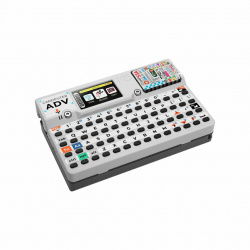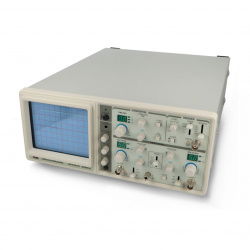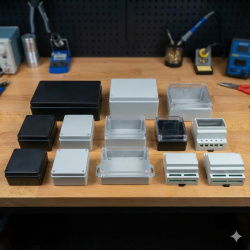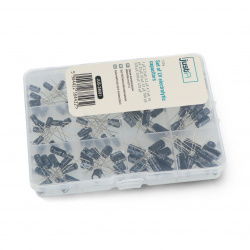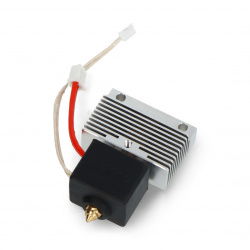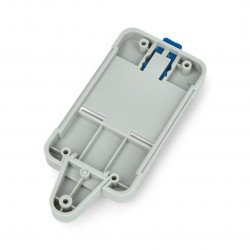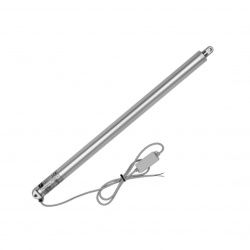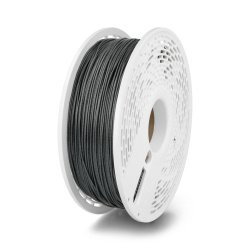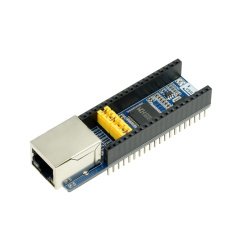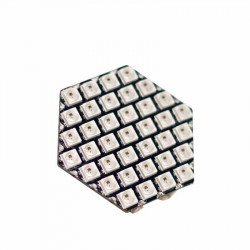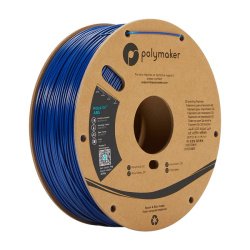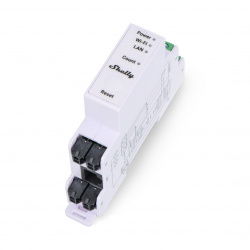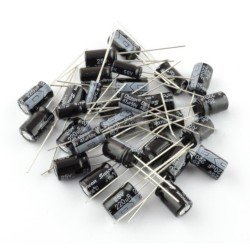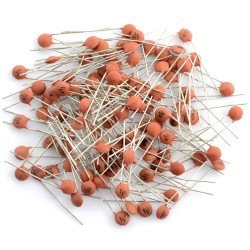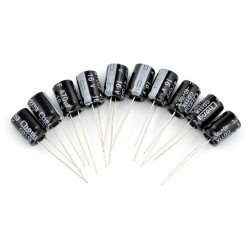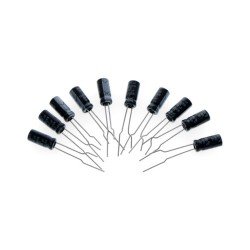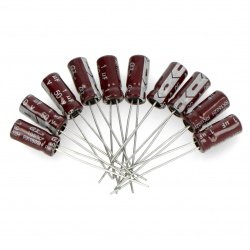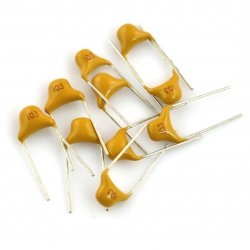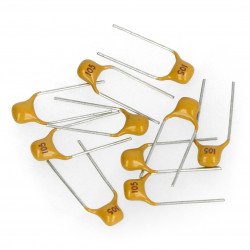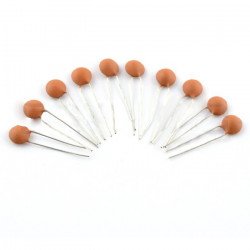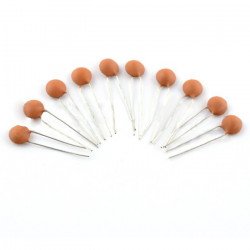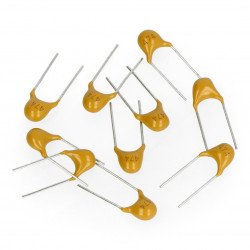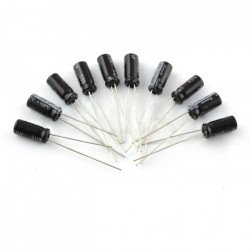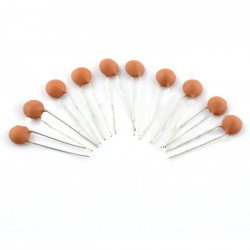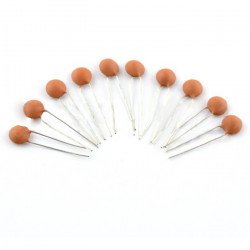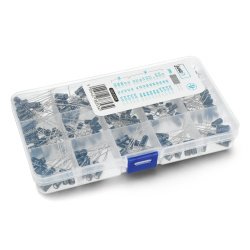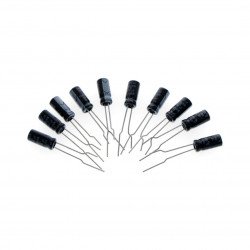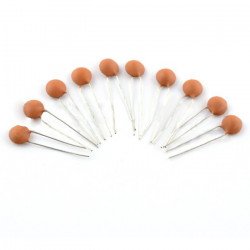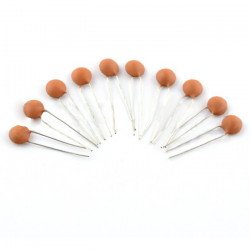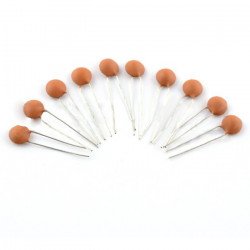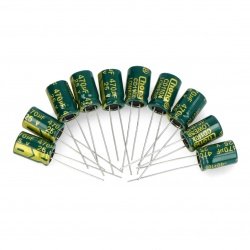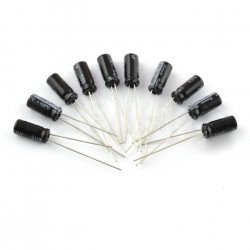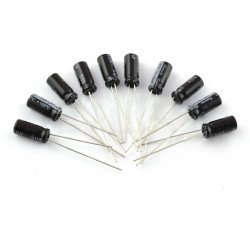Capacitors - Universal capacitive elements
The forms and designs of capacitors vary greatly. There are many types of these components that are commonly used in electronics. Most capacitors contain at least two electrical conductors , often in the form of metal plates or foils separated from each other by a dielectric. The earliest forms of capacitors originated in the 1740s, when European experimenters discovered that electrical charge could be stored in glass jars filled with water, which became known as Leyden jars.
Construction and principle of operation of a capacitor
A capacitor consists of two conductors separated by a non-conducting dielectric . It can be a vacuum or any insulator. Examples of dielectrics used in these elements are glass, air, paper, plastic, ceramics, etc. According to Coulomb's law, the charge on one plate exerts a force on the charge carriers in the other plate, attracting the opposite charge and repelling carriers with the same charge. In this way, an opposite charge will be induced on the second plate. Conductors therefore maintain charges of equal and opposite magnitude on their surfaces. The presence of the dielectric prevents charge from flowing and maintains the electric field.
Different types of capacitors
Many different types of capacitors are commercially available. They differ in the type of dielectric, cover structure and housing type. All these elements influence the characteristics of the element and the scope of its application. Values available range from very low (in the single picofarad range) to supercapacitors with capacitances up to about 5 kF. Typically, above about 1 microfarad, electrolytic capacitors are almost exclusively used due to their small size and low cost compared to other types of comparable capacity, unless their relatively poor stability, life and occurrence of polarization make them unsuitable for given application.
Basic parameters of capacitors
The basic parameter that describes a capacitor is its capacity . This is a value expressed in farads; it tells us how much electric charge can fit in a given element. The capacity is selected for the specific application of a given capacitor. The second parameter is the maximum operating voltage. Each capacitor, due to its structure, based on a thin dielectric layer between the conductive plates, can only operate up to the permissible voltage level. If it is exceeded, the dielectric may break down and the capacitor plates may short-circuit. In a given system, the maximum rated voltage of the capacitor should be no lower than the voltage occurring on its plates at any time, including overvoltages and even momentary voltage increases.
Sample applications
Today, capacitors are widely used in electronic circuits to block direct current, allowing alternating current to flow. In analog systems, capacitors are part of filters, in resonant circuits they tune the systems to specific frequencies, and in electrical energy transmission systems they stabilize the voltage and power flow. The energy storage property of capacitors was also used as a dynamic memory element in early computers.






























































































































































































































































































































